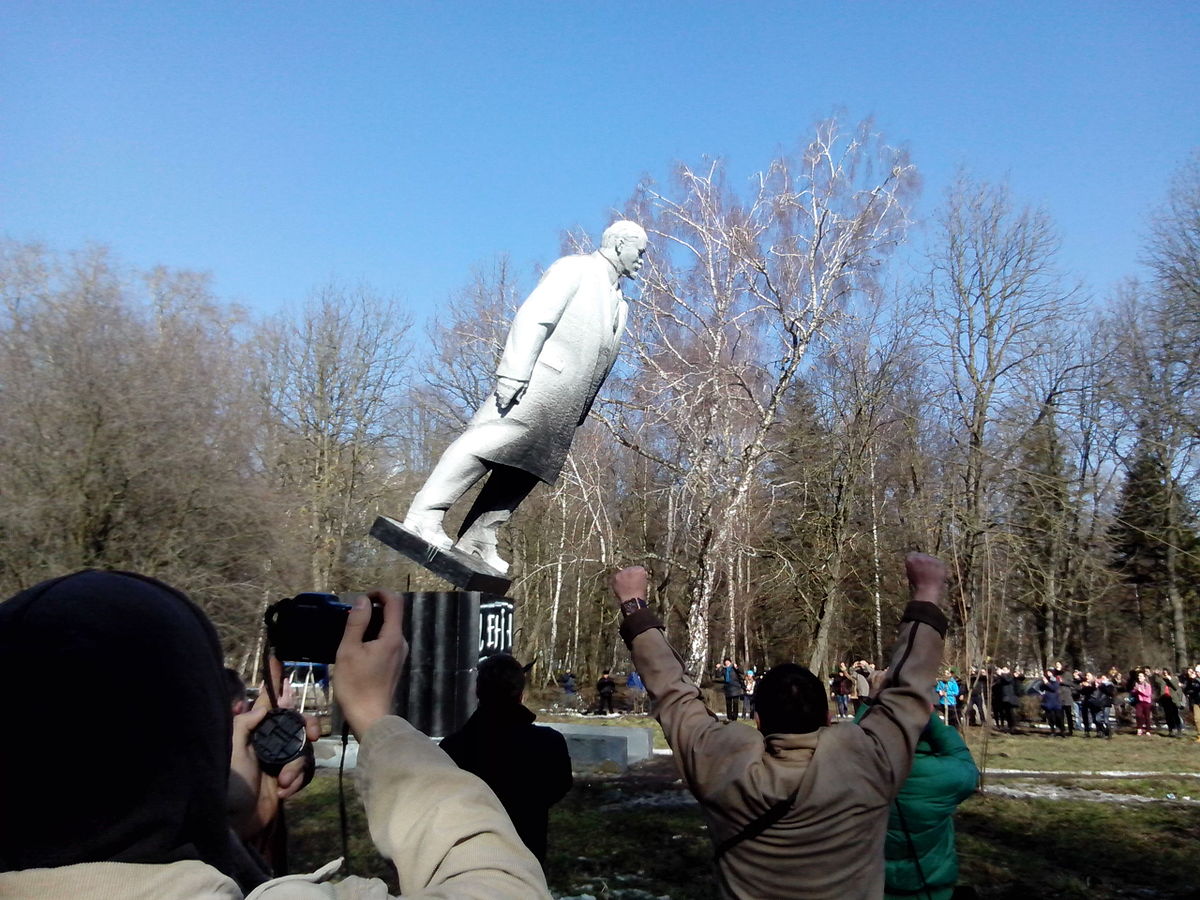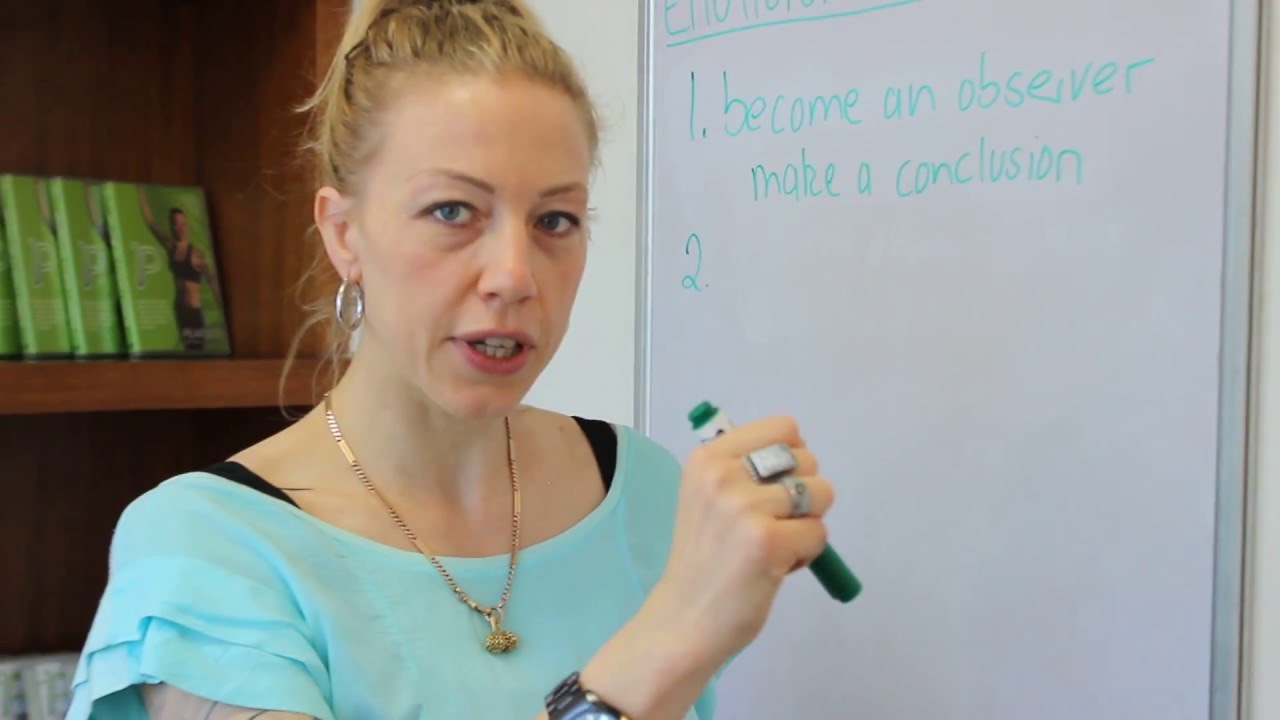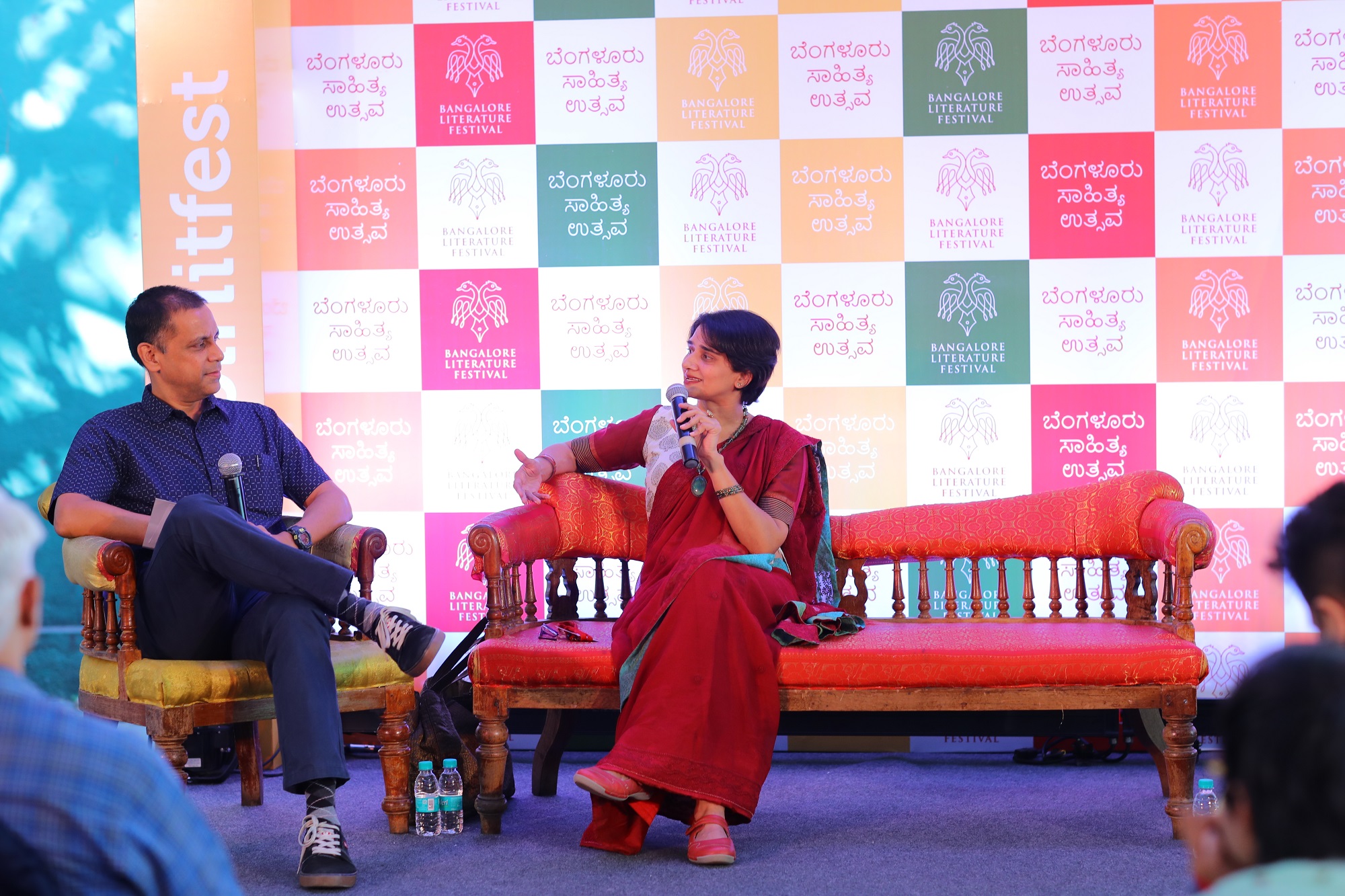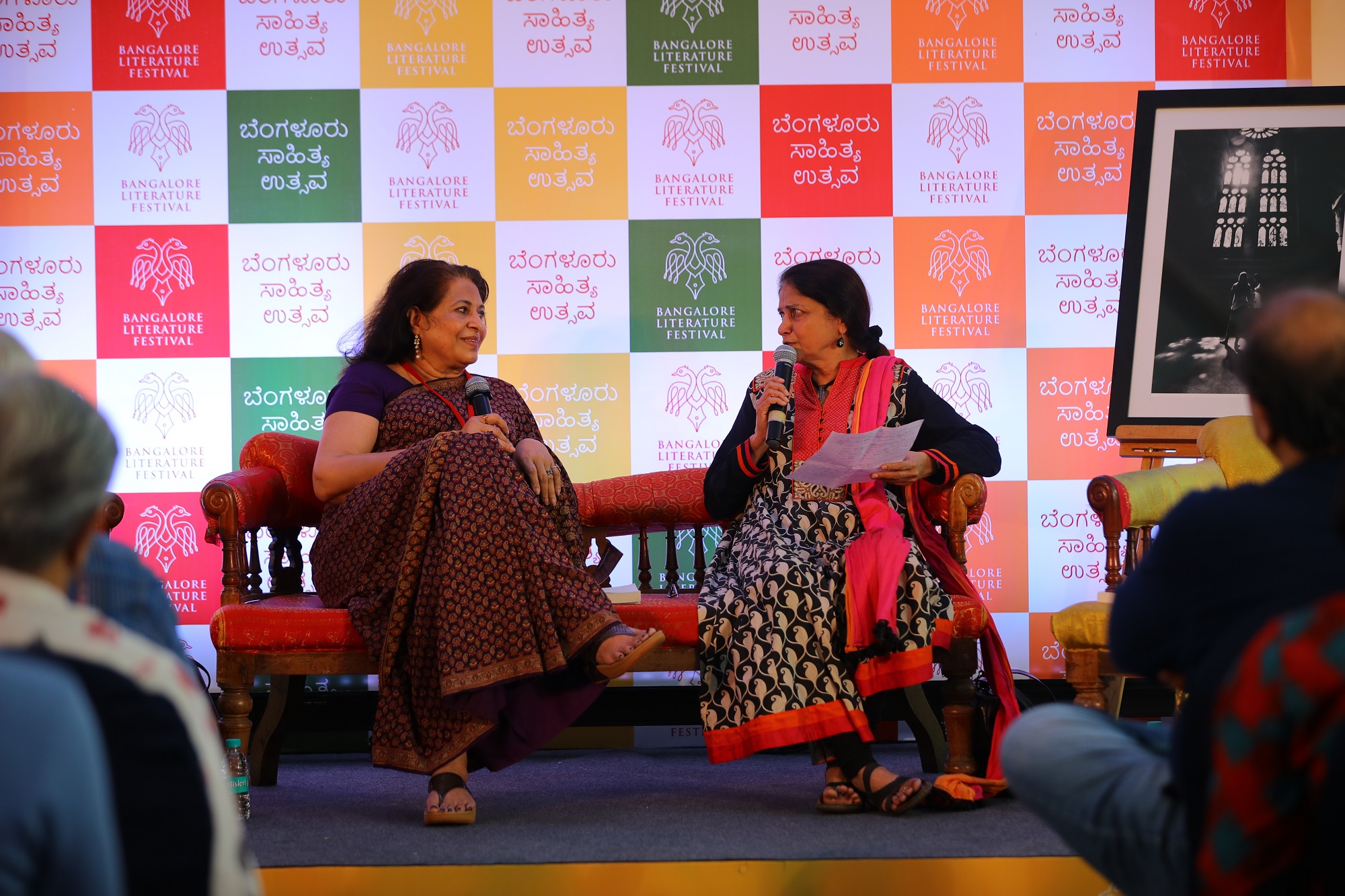Those feet must be someone else’s, which were defeated,
Which returned after surrendering their resolution to obstacles,
My feet are different: unafraid of sorrow, eager to create,
My feet measuring immortality,
In their quest to reinvent
They will create a golden era even in darkness.
Those stories must be someone else’s
The sounds of which were destroyed in vacuum, and all traces lost in dust,
My story is one which even amazes destruction,
I create everyday,
A market of pearls,
And a festival of sparks.
Let the path be unknown, and you me alone!
(Translated from Hindi by Prachi Jha and Ashok Kumar Jha)
Poetry has always been a source and expression of strength for the subalterns. In the early 20th Century, when India was reeling under the influence of British Raj as well as patriarchy, there came a wave of fresh poetry from Mahadevi Verma. I got introduced to Mahadevi Verma as one of the storytellers in my small book of Hindi lessons. I vividly remember in the textbook, Verma wrote about her pet squirrel ‘Gillu’ and her encounters with the little being. The more interesting part of that lesson was the description of Verma’s own life. She lived alone in the times when the thought of a woman living all by herself was never heard of.
She came to my rescue again on a gloomy Sunday morning recently, when I was reading a digital postcard called DaakVaak in my emails. This was one of the poems from that postcard. I was awed by how she started her poem by rejecting those feet which were headed to defeat. I related to this line more than anything else. It talks about how defeats are a way and not a necessity in life and it must be someone else ’s feet if it had returned. Had it been her feet then it wouldn’t have returned, it wouldn’t have given up. This poem has something innately courageous about it. It rejects the conventional defeat. However, it doesn’t mean that she hates the idea of defeat but she says that she believes in her ability so much that she sees victory in the fallen. To me, she is Satan and Almighty at the same time. Christianity has always viewed Satan as the most ‘Satanical’ being on earth but I find heroism even in Satan. ‘Paradise Lost’, one of the epics by John Milton has the epic begin in medias-res where Satan is glorified and his followers are given a prodigious prose about working for their master but at the end, he is the fallen angel. For me, Mahadevi Verma starts after Satan has fallen because she may be sweeping the floor off and preparing to start the next round when the doomsday prediction is around the corner.
The next stanza in the above poem is even more interesting where she makes her story unique and common at the same time. She starts by saying that she creates and innovates every day. At the same time, she shares the stage with you, me and anyone who would want to be an active responder. The reason for choosing this piece is that poetry has always been the language of the elite, the language only rich quote while they give speeches or appear in ballets but Verma’s poetry gives feet to the common and appear in everyday emotions. This poem felt like a unique tribute but to every man.
Read the original poem here
About the Author: Kalpita Wadher is a Masters’ student of Social Science but her undergrad in literature makes her combine society and people with words of solace.














